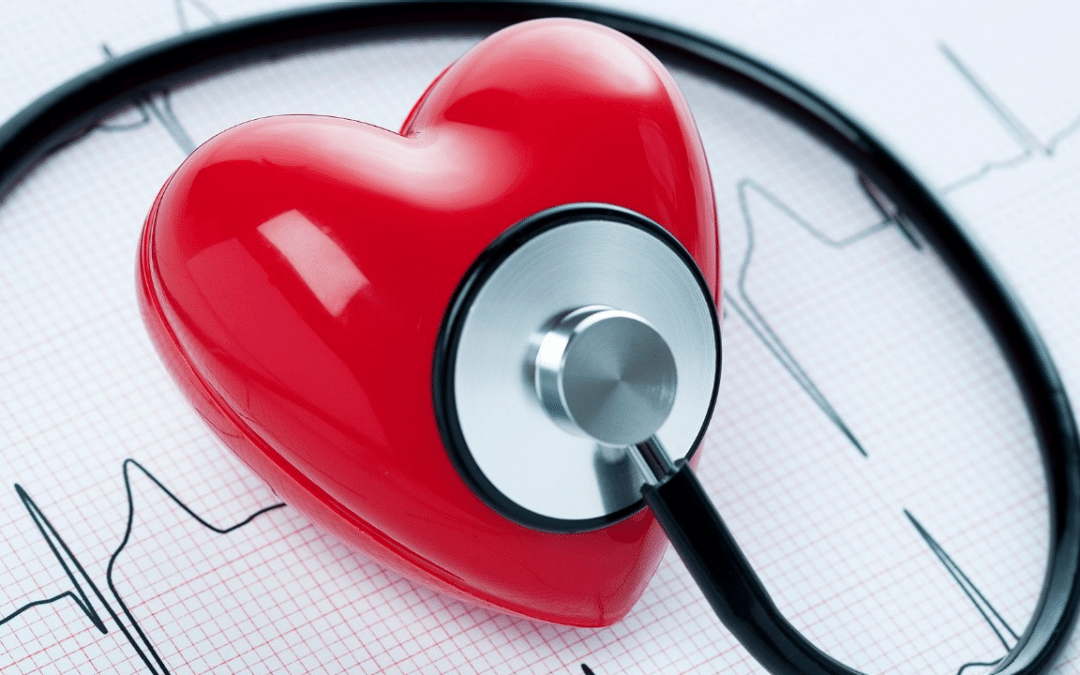Heart disease is still the leading cause of death.
I’m working on a new product so recently revisited the top ten diseases affecting Americans to help narrow my focus. Did you know heart disease is still at the top of the list?
When most of us think about heart disease we automatically think about heart attacks. However, what you might not realize is that heart attacks are just one condition of cardiovascular disease which is a condition of heart disease.
Cardiovascular disease vs heart disease
According to the Mayo Clinic, cardiovascular disease generally refers to conditions that involve narrowed or blocked blood vessels that can lead to a heart attack, chest pain (angina) or stroke. Heart disease is more broadly defined to include other heart conditions, such as those that affect your heart’s muscle, valves and rhythm.
I wanted to know who is most at risk for heart disease and happened to discover a FREE online calculator for measuring heart disease risk. All you need to do is answer a few questions about your lifestyle and health history. No specific measurements are needed.
Calculate your risk
You can calculate your risk without knowing your exact blood pressure and cholesterol levels. Answer the questions to the best of your knowledge and the test results provide you with your 30 year risk (expressed as a %), your risk factors and actions you can take to reduce your risk.
You can reset the calculator as many times as you like. I couldn’t resist because I wanted to better understand the impact of lifestyle choices and other factors on heart disease risk. For instance:
1/ Body Mass Index [BMI]
Most know that a BMI of 30+ means that your body has too much fat to maintain good health [aka: obesity]. When I increased my weight by 85 pounds to get to a BMI of 30.2, my heart disease risk increased by 8% regardless of reporting a healthy diet and regular exercise.
There is some research that suggests exercise is more important than fat. However, the study may be too new or limited to revise how medical experts evaluate heart disease risk factors. So for now, know that your weight and BMI matter when it comes to heart disease risk.
2/ Diabetes Diagnosis
I changed my response to whether a doctor has diagnosed me with diabetes from No to Yes. That change alone increased my risk of heart disease by 14%. Interestingly, the diabetes diagnosis resulted in the biggest change to my risk of heart disease.
According to the National Institute of Health (NIH), people with diabetes have high blood glucose, also called high blood sugar or hyperglycemia. Diabetes develops when the body doesn’t make enough insulin or is not able to use insulin effectively, or both. Type 1 diabetes is caused by a lack of insulin due to the destruction of insulin-producing beta cells.
3/ Smoking
Have you ever smoked? Smoking as few as 100 cigarettes and smoking within the last 12 months, increased my heart disease risk by 10%. Unfortunately reporting a healthy BMI, diet and exercise did not counteract that increased risk.
4/ Sex
Changing just my sex from female to male, increased by heart disease risk by 10%.
Are you concerned?
It’s probably worth knowing your exact numbers given that it is the most prevalent disease in America. You don’t even have to go to the doctors to do so.
You can order many of your own lab tests through HealthcheckUSA.com or Quest Diagnostics to check your cholesterol, diabetes, colon cancer, prostate etc.
The prices on Health Check USA are competitive with the cash rates paid to the lab at time of service. I called Labcorp to compare their cash rates. Unfortunately, Labcorp still requires a MD Order for all labs. For the heart risk calculator, the Lipid Panel is a good option even though you only need to know your total cholesterol and high-density lipoprotein [aka: good cholesterol].
If you need to get your blood pressure measured, go to your local pharmacy or purchase a kit so that you can monitor it at home. You’ll need both the systolic [top number] and the diastolic [bottom number] if you want to more accurately measure your heart disease risk.
Lower your risk
It’s never too late to start. The Mayo Clinic Healthy Heart Plan’s quick start plan gives you three easy steps to help you reduce your heart disease risk.
Gradually increase your physical activity toward a goal of at least 150 minutes a week of moderate aerobic activity, 75 minutes of vigorous aerobic activity, or an equal combination of moderate and vigorous activity a week. Perform at least 10 minutes of aerobic exercise at one time, and spread aerobic exercise throughout your week. Include strength training exercises at least two days a week.
Eat a healthy diet that emphasizes: Fruits, vegetables and whole grains, low-fat dairy products and low-fat proteins, such as poultry, fish and legumes and moderate amounts of healthy fats, such as unsalted nuts, and vegetable and olive oils.
Contact Us
Please email us to request more information about our services and collaborations.
Stay Connected
Subscribe free to receive our latest tips, workouts, exclusive offers and community notifications every Monday. Read the Latest Newsletter.



